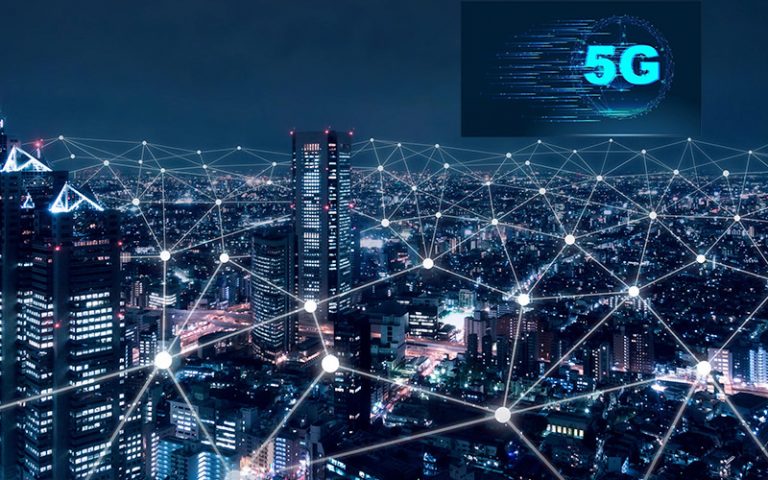The health consequences of 5G radiation are still being debated. However, one study suggests the connection between RF radiation with cancer among male rats. This study was classified until it was removed on the 12th of December 2012 by the Central Intelligence Agency, but it shows that radiofrequency can cause cancer in animals, which includes humans. In the study, researchers subjected male animals to radiation for 15 days and discovered that they developed same kinds of cancers that humans do.
Health effects of radiation from 5G
The rapid expansion of wireless communications has led to the development of 5G technologies There are increasing concerns regarding the health effects of the radiation from 5G. While the higher frequencies may not affect the body as much as the older technology, researchers have raised concerns about possible effects on the system and are calling for more research. To ensure that the population is protected, it is the European Commission is requesting independent studies to determine if the technology is posing any health hazards.
It is crucial to remember that there's a substantial amount of misinformation regarding the health effects of 5G, and it is crucial to dispel any misconceptions that persist. Although the technology isn't yet widespread but there are a lot of people who are being told it can cause health issues mostly via social media where sexy words are used.
Beamforming technique
Beamforming is one of the most crucial technologies used in the 5G wireless networks. 5g towers radiation is a technique that makes use of multiple radiating elements to generate narrow beams. The aim in beamforming is minimize how much unwanted radiation is reflected in the signal that results. This technique is commonly employed for wireless communications systems and is crucial for 5G's low-cost coverage.

This method works by electronically weighing the signals from each antenna. This creates a narrow beam of radiation that enhances coverage of cell phones indoors as well as around the cell's edges. This is crucial because poor coverage can lead to poor user satisfaction. Apart from increasing does 5g emit radiation beamforming can help reduce the amount of interference a user receives from other devices.
Power density
The energy density of 5G radiation from mobile towers should be comparable to that of previous generations of 4G and 3G systems. One reason behind the low power density lies in the electrical components' sensitivity. The maximum radiation output of a 2G handset was about 2 Watts, while that of the 4G model was around 200 milliwatts.
5g towers radiation is the amount of electromagnetic energy that can be absorbed into the body from a specific distance. Power density for 5g radiation is usually measured in Watts per square meters. Contrary to the SAR measurement, the power density measurement is actually a measure of the amount of electromagnetic energy in the space. The limits for power density may differ for wearables and mobile devices dependent on their operating frequency and distance.
Specific absorption
The Specific Absorption Rate (SAR) is an parameter that determines the speed at which a particular frequency deposits power into human tissues. In generally, a SAR is not more than two Watts per kilogram of body mass. This value is derived through the electrostatic field present in tissues as well as the mass density, which is measured by kilograms of mass per cubic millimeter. It was recently used to determine the antenna design.
The latest radio technology that comprise 5G operate on frequencies that are below 6 GHz. These frequencies are known by the name millimeter wave. However The FCC's SAR compliance protocol only applies to frequencies of up six GHz. Additionally, the SAR test demands that measurements be conducted using phantoms that contain tissue simulating media.
Skin health effects
Currently, we have no information on the effects of 5G radiation on the skin. Our knowledge of the subject is inadequate due to the lack of research in-vivo as well as theoretical models. However, there is an urgent need to conduct more research on the effects of 5G radio frequency radiation on human skin. Using 5G radio frequencies can cause skin damage particularly to the epidermis which is an extremely sensitive organ.
In contrast to 4G, 5G radiation has a high frequency that has been shown to heat human body tissues. Human body is dipolar, and the higher frequency of 5G radio waves will cause heat in the skin. The exposure to radio frequencies from 5G could also affect other organs of the body, such as the brain.
